Transport architecture: station design
Arup has a long history of station design projects. We bring together architects, urban designers, interchange designers, structural and civil engineers, transport planners, retail and commercial experts, and a wide range of technical and environmental specialists and analysts.
Our work encompasses stations of all scales and types, from metros to high speed rail, and from suburban stations to the most complex and busiest urban interchanges.
For us, station design always starts with the passenger and user experience. Getting it right means thinking about these two critical elements and combining it with the local city, transport and economic planning levers to optimise station design to fulfil its potential. Investing in public transport infrastructure also means making a commitment to being great value for money – as such station architecture should blend function with elegance in a cost-effective manner. Our kit-of-parts design approach ensures maintenance and replacements remain affordable over the rail system's full lifespan.
We also understand the entire context and process for realising the development potential created by stations. This begins with masterplanning and business cases and progresses through design to delivery of developments around and above those stations, as well as optimising operations, commerce, and design in existing and new transport hubs.
Get in touch with our team
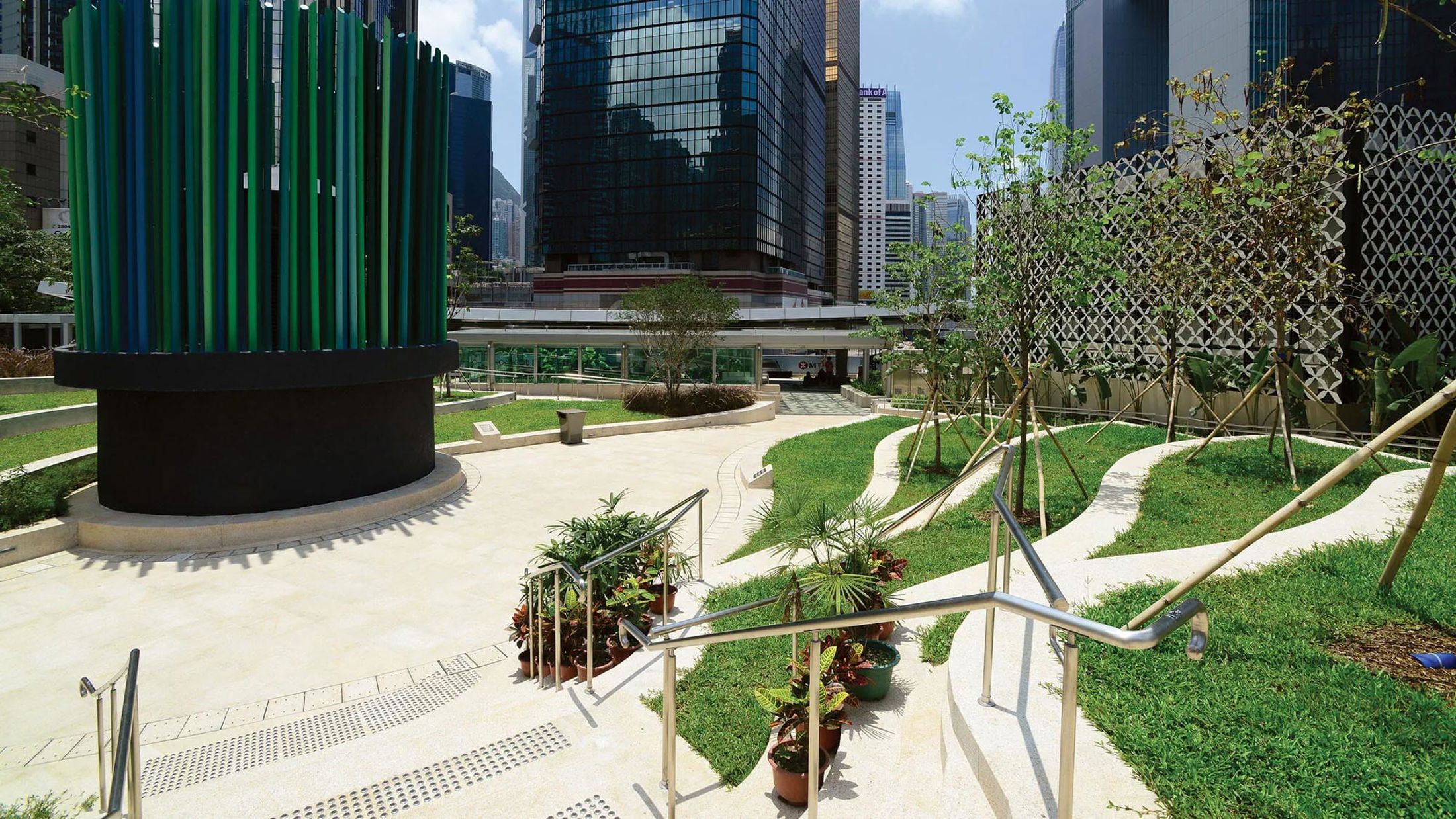
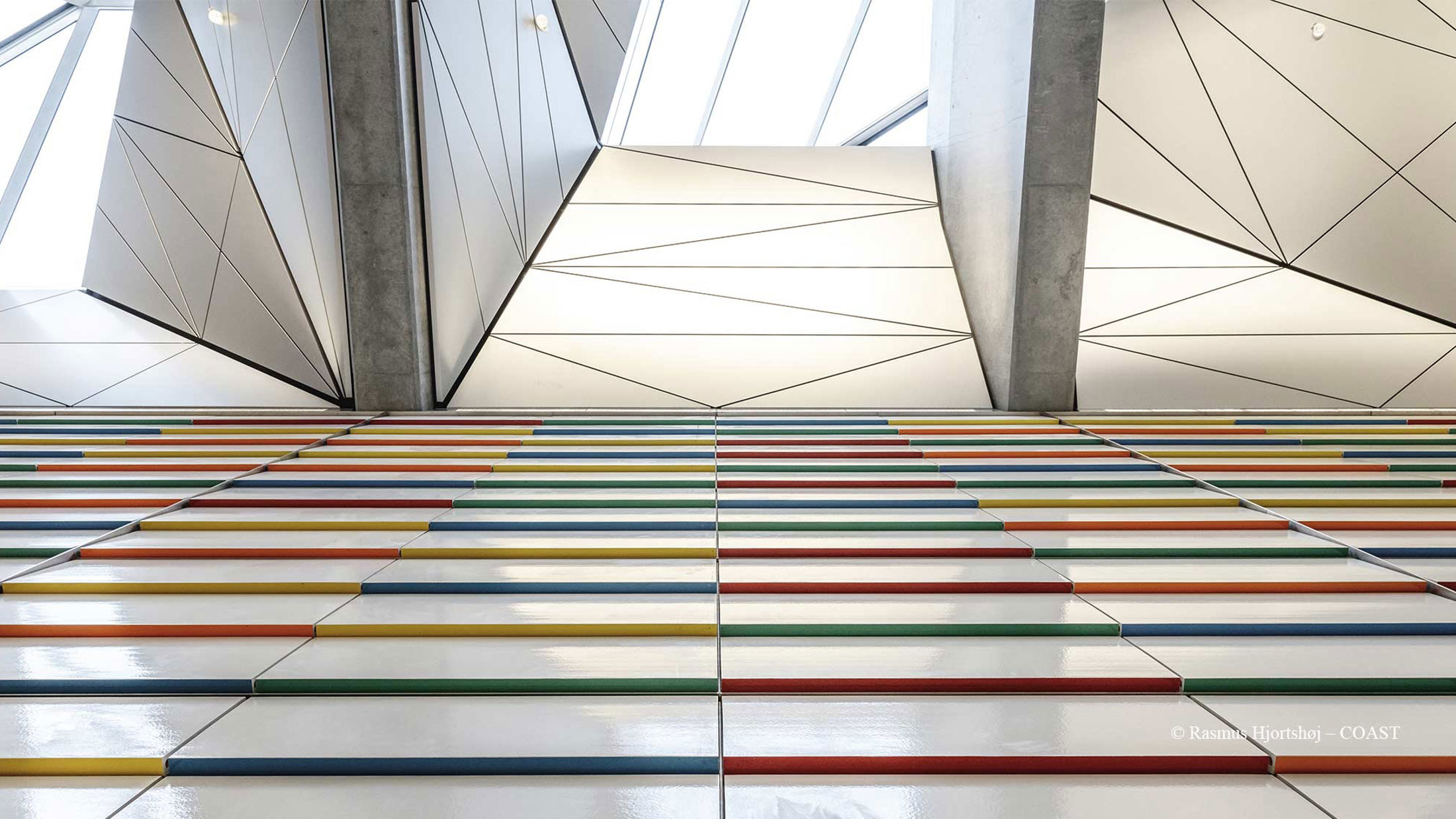
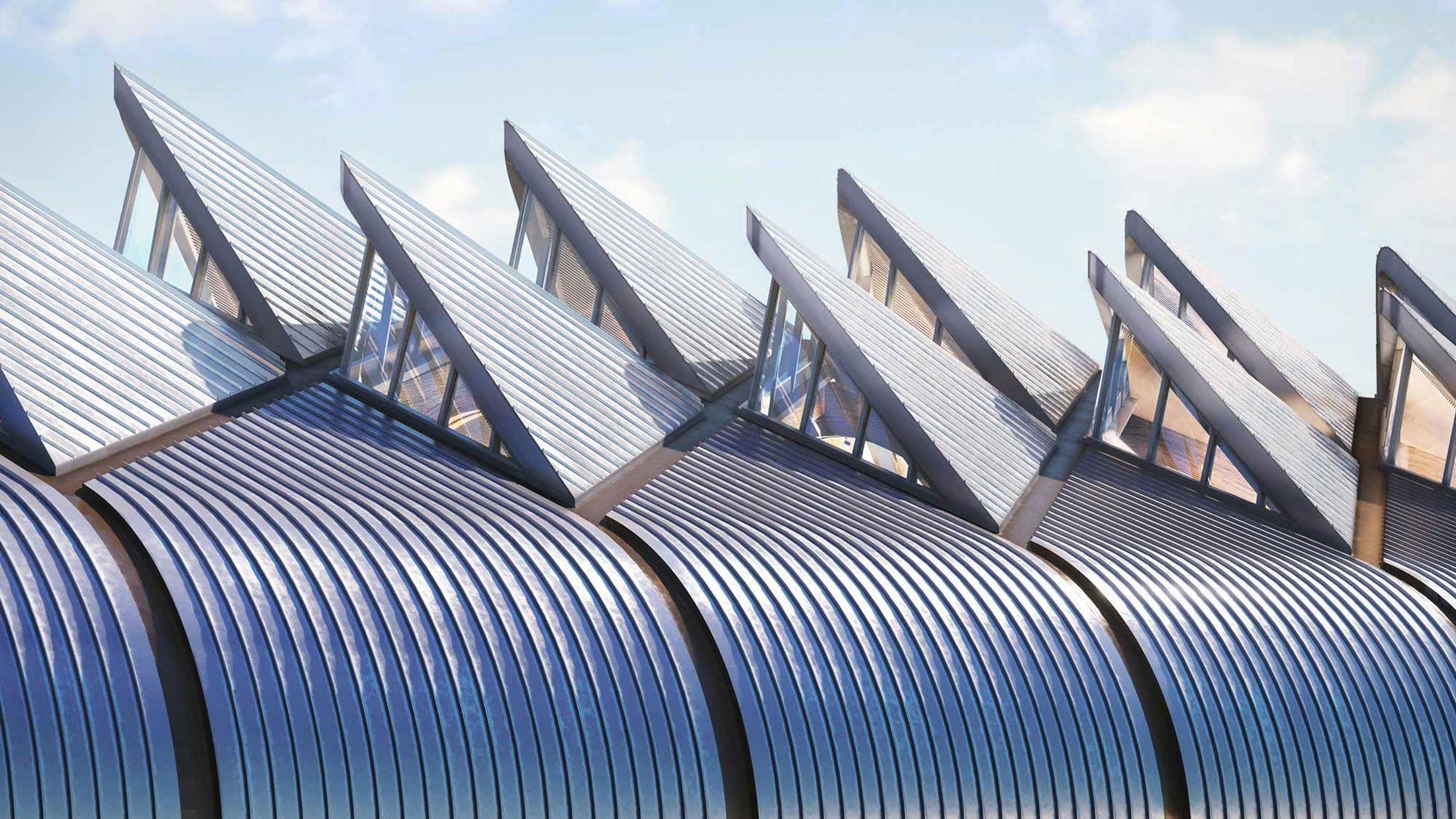
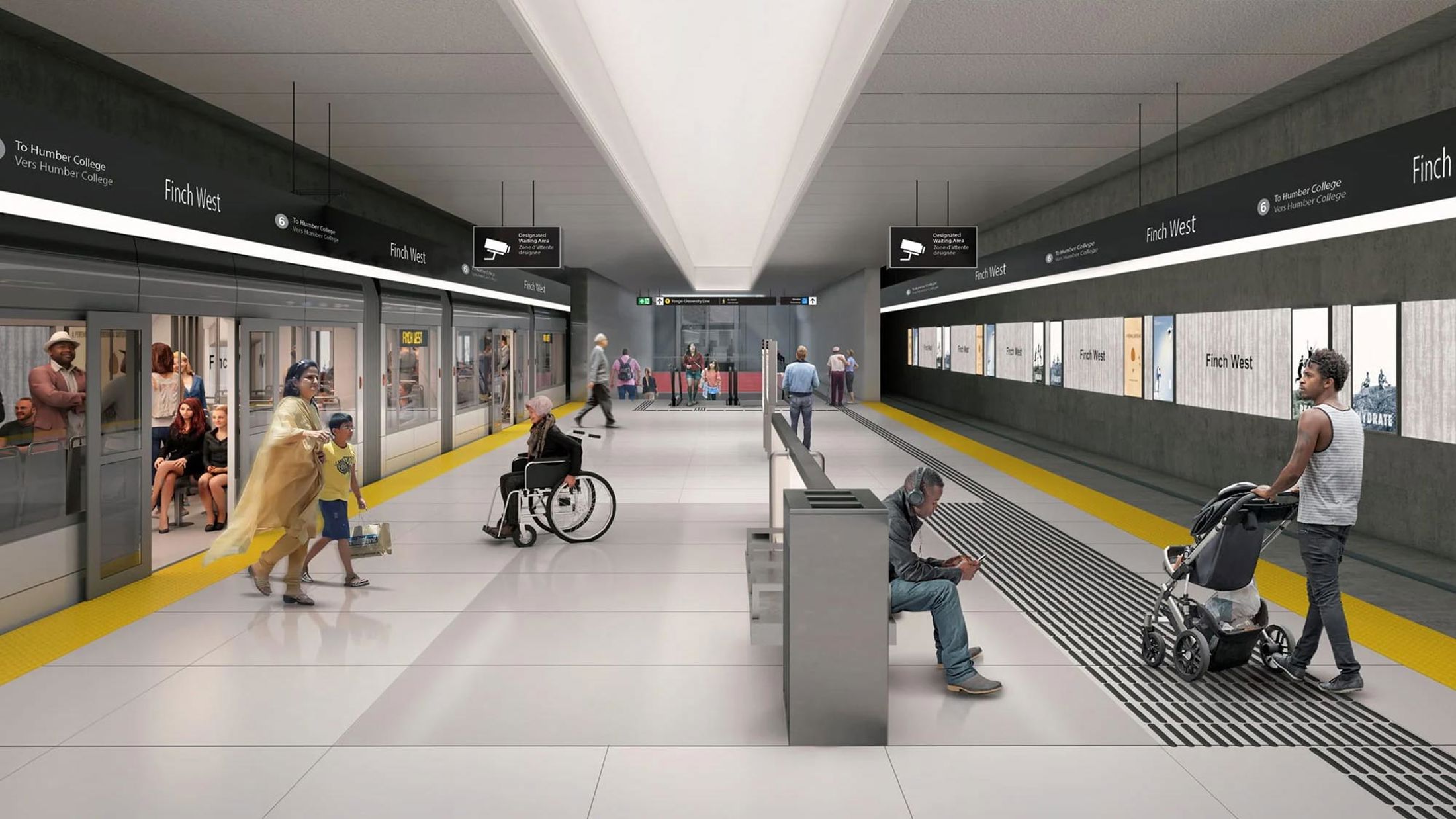
Explore
Discover more about our expertise:
Projects
Explore more transport projects

A vital link from Bangkok’s city centre to the east
MRT Orange Line East Section, Thailand

Enhancing the passenger experience at Oslo’s Lysaker metro station
Fornebubanen Oslo Lysaker Station, Norway
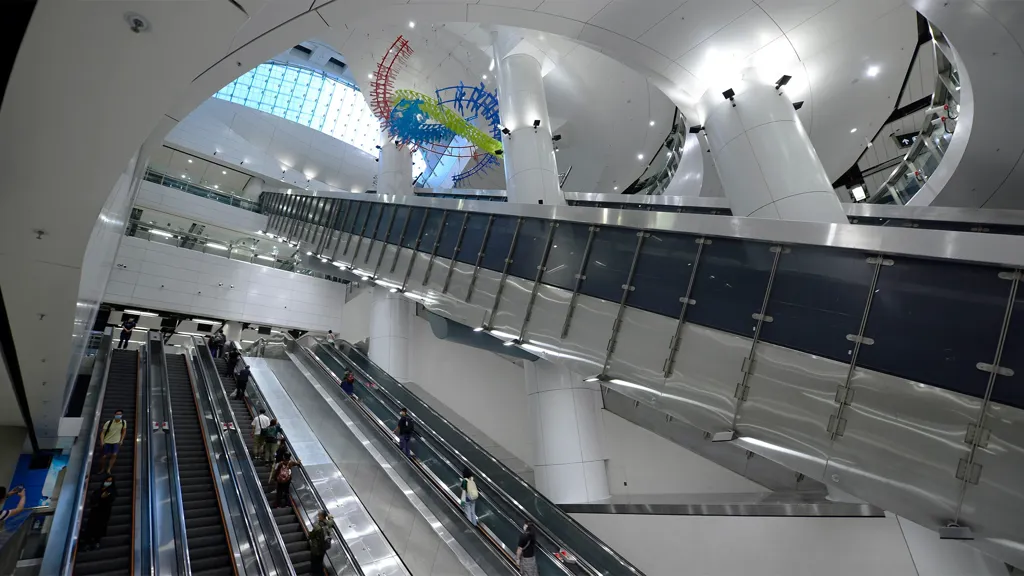
Reimagining Hong Kong’s mega four-line interchange at Admiralty Station
Admiralty Station, Hong Kong

Reconnecting communities with a design inspired by nature – Terrigal Boardwalk
Terrigal Boardwalk, Australia
Transport architecture
Arup’s architecture team has worked on the design of transport infrastructure for over 50 years, shaping some of the most important national road, rail and air connections.



